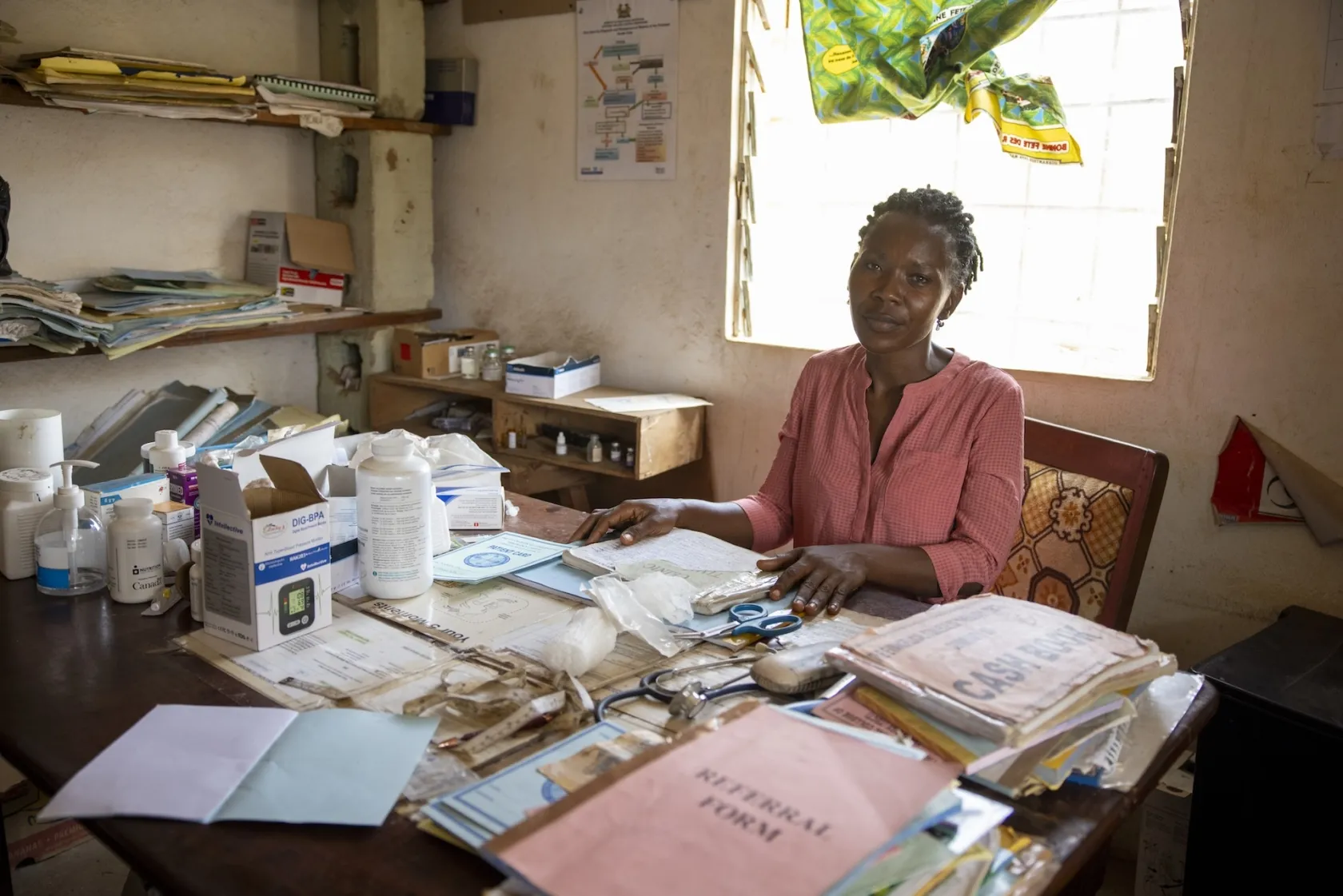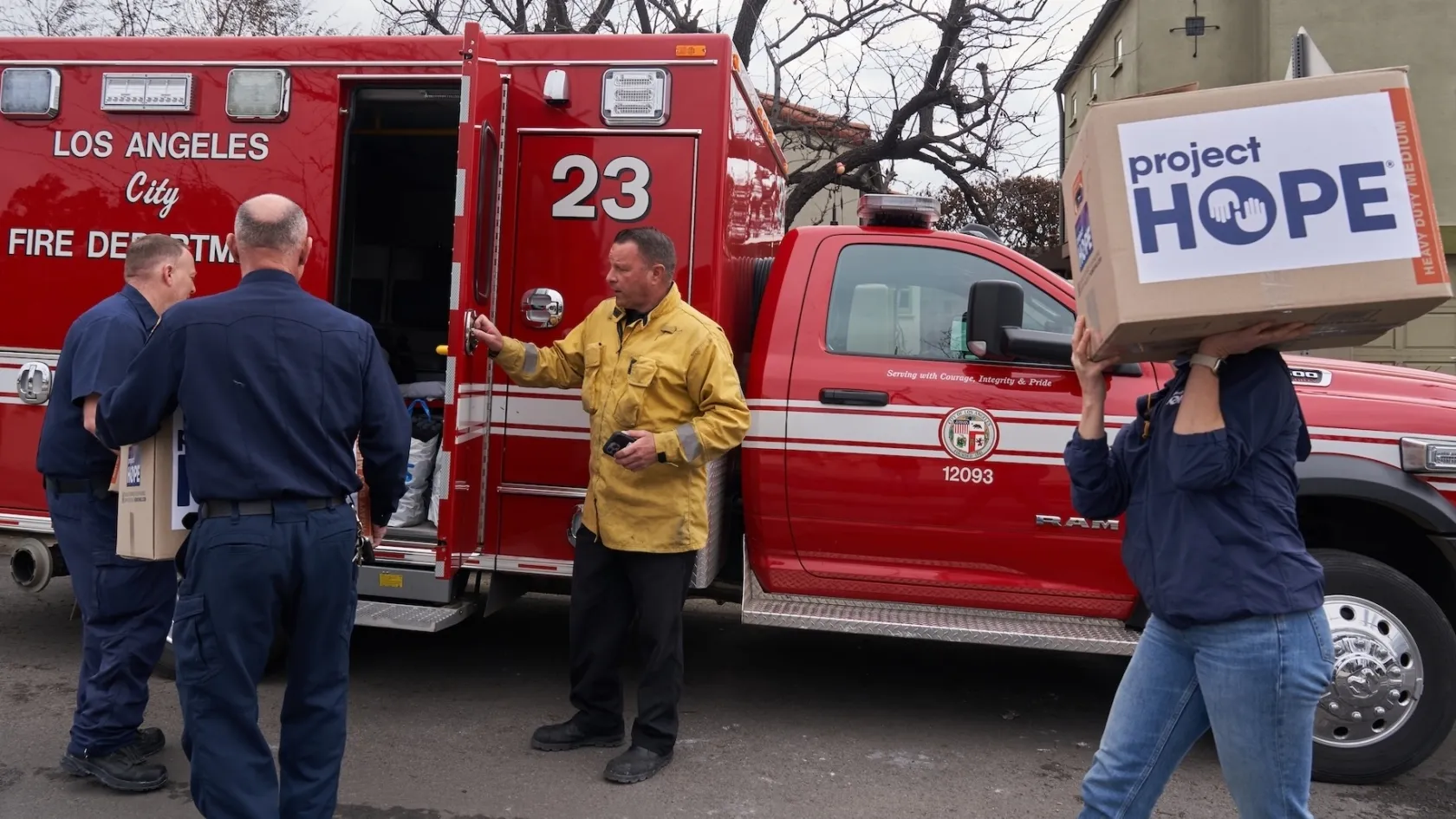How to Make Investments in Health Workers Go Further
For the first time, the United States has devoted a budget line item to the global health workforce. How can we make sure that money goes as far as possible?

The COVID-19 pandemic shined a light on the disparities and inequities of our global health. Now, the world is paying more attention than ever to the critical role health workers play, not only in health systems but also in economies and global security. Yet, despite the progress being made around the world to address the shortfall of health workers, the World Health Organization (WHO) estimates that there will still be a shortage of about 10 million health workers by 2030. Most of this gap will fall in the lowest-income countries, especially those in Africa where countries like Chad, Eritrea, and Niger had just one doctor per 10,000 people in 2019, compared to the U.S., which had 35 times that.
This is why Project HOPE has been focused on advocating for policies and funding to address the systemic challenge of a health worker shortfall, in addition to continuing our 65-year legacy of training and supporting health workers in communities around the globe. We believe that to rebuild our health systems, we must strengthen the education pipeline, expand opportunities for trainings and certifications, adequately supply and staff health facilities, and reimagine the way we compensate and care for our health workforce.
Thankfully, the global community’s enhanced focus on health workers is beginning to bear fruit on the policy front. For the first time, the U.S. Congress has created a dedicated line item for the global health workforce in the 2024 U.S. Agency for International Development (USAID) budget. This was the result of a hard-fought battle by health advocates, including Project HOPE, over the course of the last few years and it is a promising development in an otherwise difficult funding year.
The amount is modest—$10 million and a far cry from the $200 million originally sought—but it is a new source of funding that is desperately needed. And as we look to 2025, the Biden administration has requested, and the Senate Appropriations Committee has approved, doubling that to $20 million. Meanwhile, we and other health advocacy organizations are working behind the scenes to grow it further.

Exactly how these newly dedicated resources will be used remains to be seen. $10 million is insufficient to address the health workforce needs of even one country, therefore it is critical that the money go toward catalytic investments that help make better use of the health workforce and the resources that support them. That means carefully deploying it where there are opportunities for a high return on investment and in countries with the greatest needs.
Catalytic funding for health workers could provide starting capital to address specific challenges that health workers may face. For example, it could be used to rewrite health policy to increase staffing efficiencies or to create and expand schools and training academies to build and strengthen the health worker pipeline.

Focusing the newly created resources on purely catalytic activities will not only provide the greatest return, it will also help ensure Congress sees its value and continues to back it. As is so often the case, if there are clear parameters for how the money will be used and what it will solve for, it will be easier to build support for continued and increased funding on Capitol Hill.
The new health workforce line item within USAID’s health budget is a success to be celebrated. Now we need to support USAID to ensure that it is used to create critical improvements for the health workforce where it is needed most. Together, we can capitalize on this new attention to further equip the global health workforce with the support they truly need.
Rabih Torbay is President and CEO of Project HOPE. Jed Meline is director of policy and advocacy at Project HOPE. A version of this article originally appeared in the September 2024 issue of Health Affairs.



